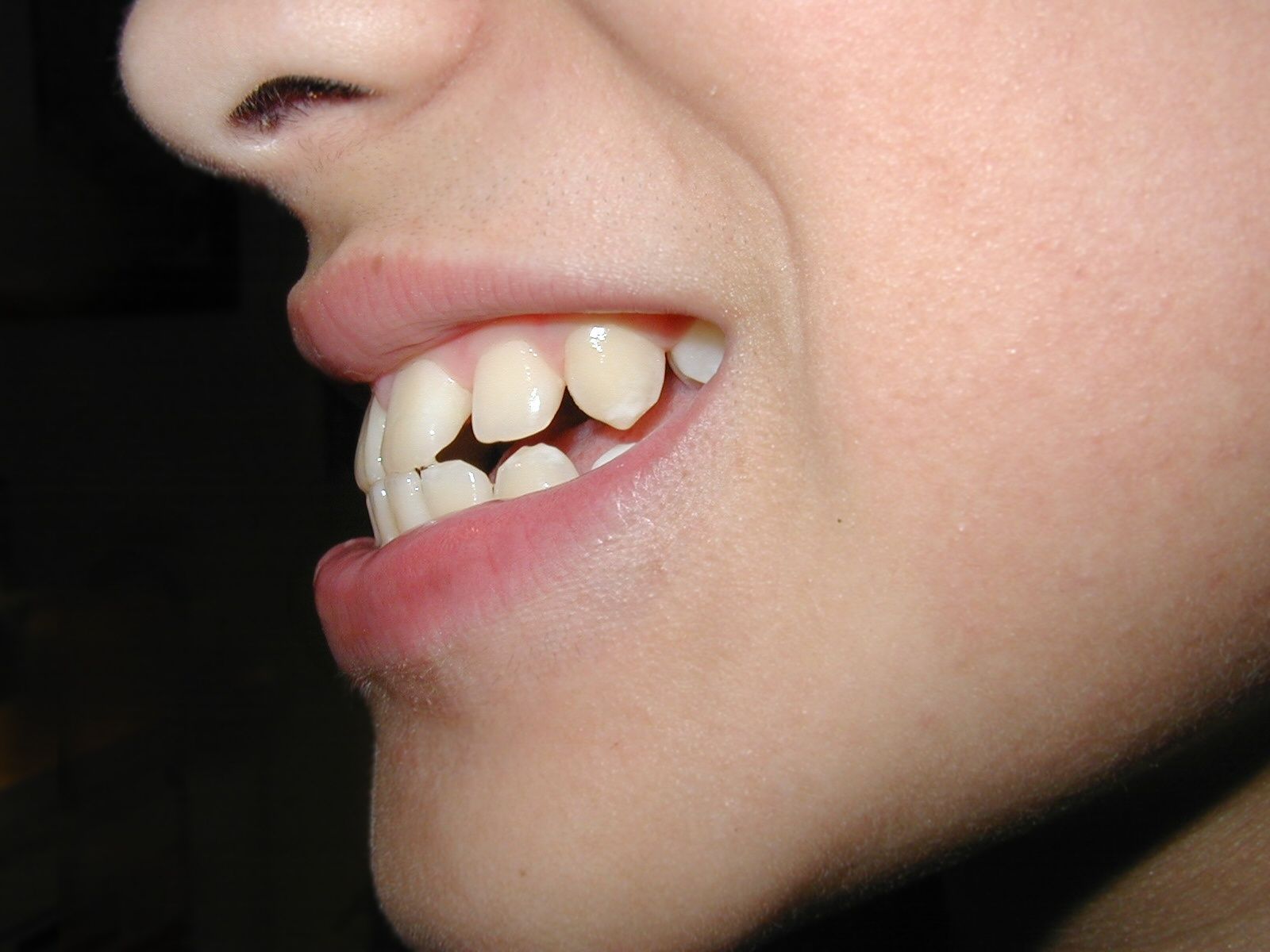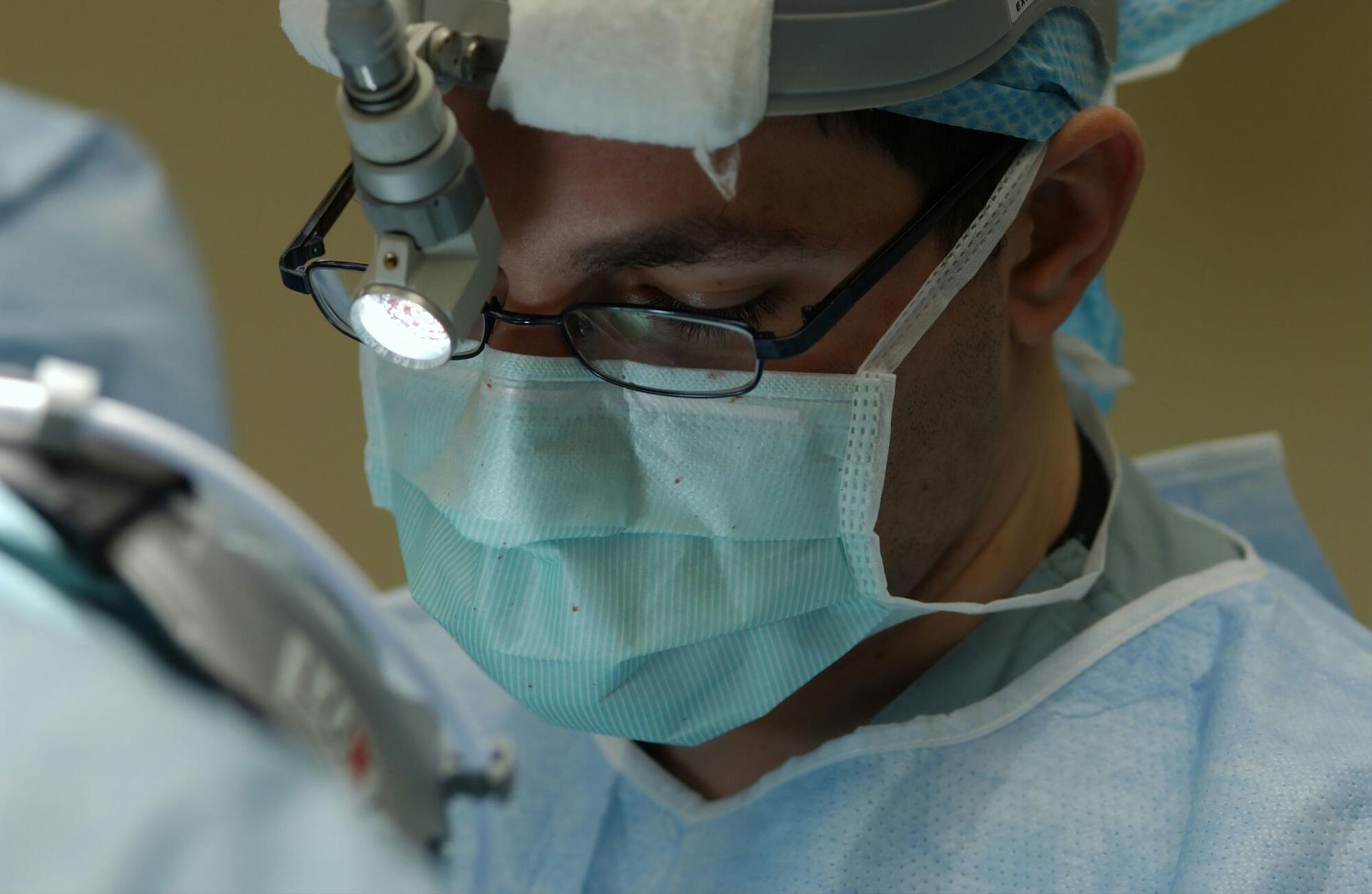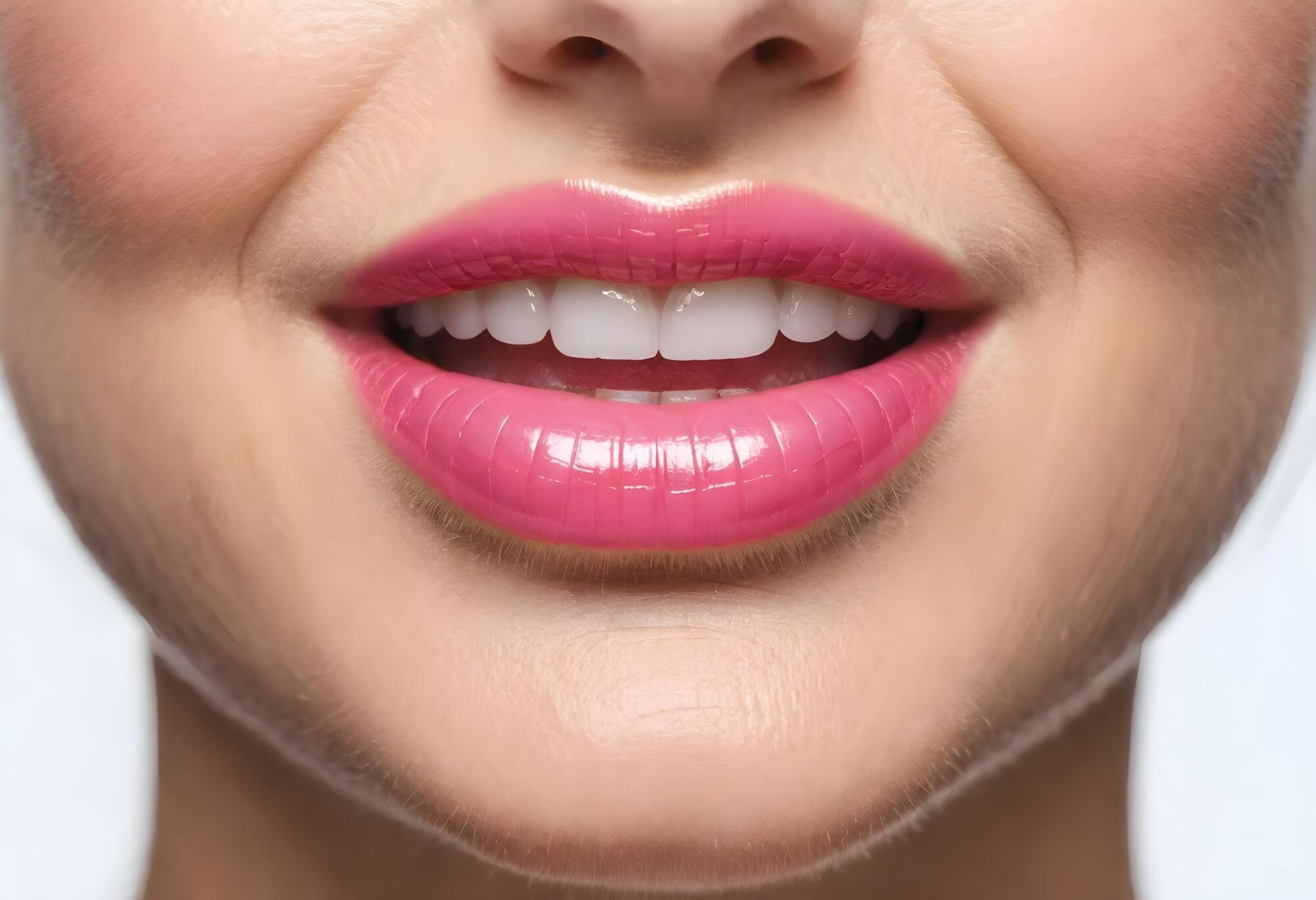Physical Therapy for TMD: Does It Work?
Is physical therapy an effective way to relieve TMD symptoms? Our experts are diving into what the research says in this article.

The temporomandibular joint, or TMJ, refers to the temporal bone of the skull to the mobile lower jaw. The joint is a marriage of bone, muscle, ligaments, and tendons.
What is TMD? At times, the TMJ gets injured, resulting in TMD, or temporomandibular joint disorder.
Due to the location of the joint, TMD symptoms include jaw pain, facial pain, earache, and headache. Jaw pain often leads to or is concomitant with jaw dysfunction. Read on to discover how you can relieve TMD symptoms and explore your treatment options today!
Causes of TMD
TMD is an umbrella term for a heterogeneous group of disorders involving the TMJ. Sometimes, it has one identifiable cause or even no identifiable cause.
The good thing is that up to 40% of cases resolve spontaneously. However, that doesn't mean you can't build good habits that could hasten the healing process.
The first step in treating your TMD is understanding the cause. The most common causes of TMD are the following:
1. Excessive Strain
The jaw is one of the body's most used joints and muscles. Due to the body's proclivity for chewing, swallowing, and speaking, the jaw is prone to excessive use.
2. Bruxism
Bruxism is the unconscious grinding of the teeth. This is involuntary and can even happen in one's sleep. However, tension and clenching of the jaw increase the odds of developing strain and pain.
3. Trauma
Trauma to the jaw, head, or neck may cause TMD. This may be due to nerve injury, muscle injury, bruising, or joint derangement.
4. Improper Posture
Everyone's woken up with a sore neck in the morning at least once. Sustained positions that cause strain are bound to cause pain.
It doesn't even have to be from a wrong sleeping position. Working all day stooping over a laptop could result in chronic muscle strain.
5. Arthritis
Unfortunately, the jaw bone isn't immune to the throes of arthritis. This joint derangement can cause pain the same way it hurts other joints, like the knees. There is inflammation around the connective tissues that results in pain or stiffness.
How to Treat TMD
Understanding what caused your TMD can help you identify the correct treatment method. Here are some things you can do to ease your symptoms.
1. Joint Rest
TMD treatment is non-invasive. Joint rest is the first-line treatment for uncomplicated causes of TMD.
It's not as simple as you think since we get a lot of use from the jaw. Being more conscious about how you use your jaw is a start.
You have many options and habits that can help you along the road to recovery. Check out some of our natural methods here!
2. Medication
Anti-inflammatory and analgesic medication is often the first line of medication for TMD if the cause is pain. Over-the-counter medication such as NSAIDs is enough for ornery cases.
Opt for prescription medications like mild tranquilizers when everyday painkillers aren't enough. If arthritis is the nidus of pain, consult your provider for arthritis medication.
3. Treating Bruxism
Treating bruxism is a holistic treatment. It involves stress management, posture changes, habit modification, and medication.
Wearing a mouth guard can help protect your teeth if you grind your teeth in your sleep. Your provider may prescribe muscle relaxants as an adjunct to treatment.
4. Posture Modification
You might notice your posture causing muscle strain once you relax. Be more conscious of your body position when you go about your day. If you stay in sustained positions, evaluate muscle tension for any strain.
5. Relaxation and Stress Management
70% of bruxism cases are from stress and anxiety. Stress also affects your posture.
6. Diet Modification
Changing your diet to incorporate softer food is an adjunct to jaw rest. You don't have to change all your meals to soups and baby food textures, but it helps.
7. Heat and Cold
Simple hot and cold methods may provide much-needed pain relief. Placing ice packs at the injury site can cause your blood vessels to constrict.
When their diameter is smaller, this reduces blood flow. With less blood flow, you can reduce swelling and inflammation. This helps numb the pain a little.
With heat packs, you do the opposite. You dilate the blood vessels and facilitate more flow to the area. You might think this increases inflammation, but it may also relieve pain.
Increasing heat allows more blood flow, which is better for healing. Heat can also help loosen muscles and ease tension.
8. Treatment of Underlying Health Conditions
More often than not, TMD occurs in its lonesome. However, it isn't uncommon for TMD to be a secondary effect of a bigger problem.
Conditions like fibromyalgia or irritable bowel syndrome can be the nidus of pain. These conditions may overlap or worsen pain from TMD.
9. Surgery
Conservative management is the cornerstone of TMD treatment. This means that surgery is often a last resort, done only when necessary.
An oral or maxillofacial surgeon conducts these surgeries for TMD:
- Arthroplasty
- Arthroscopy
- Complete joint replacement
One of these surgeries is arthroscopic surgery. In this surgery, scar tissue may be the root of TMD. Your provider makes several minor cuts to your jaw and eradicates the offending agent.
In complete joint replacement, prosthetics replace the articulations of the joint.
10. Arthrocentesis
Arthrocentesis, also known as joint aspiration, also involves a trip to the doctor but isn't under the scope of surgery. This may be helpful in more resistant or complicated cases of TMD.
Arthrocentesis has a double purpose as a therapeutic and diagnostic method. A syringe collects or aspirates fluid from the joint and leaves it available for analysis.
After fluid collection, the healthcare provider can inject medication into the joint. Arthrocentesis may be helpful for swollen joints by reducing fluid. This also provides a channel to analyze the fluid for abnormalities and administer medication.
At times, arthrocentesis is more effective than surgery for relief.
Contact a Dentist for TMD Treatment Today
Thank you for reading our article! Conservative management remains the cornerstone for TMD treatment. Get your jaw back into action with treatments and habits that relieve pain and restore strength.
Teeth alignment is another popular treatment option for TMJ. If you're looking for a dentist in Burke, VA, you're in luck.
Make an appointment with us today to find out if teeth alignment is right for you and restore your orthodontic health!












